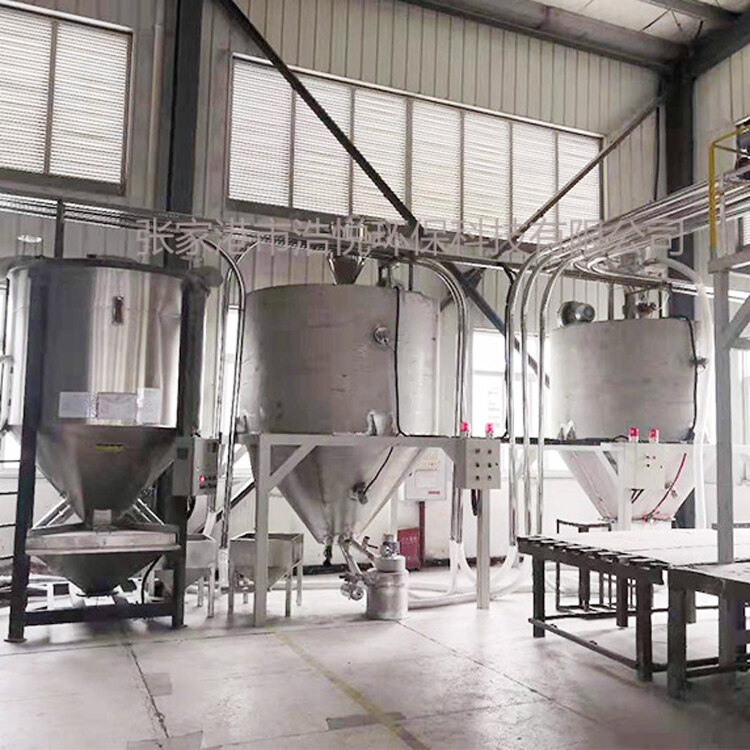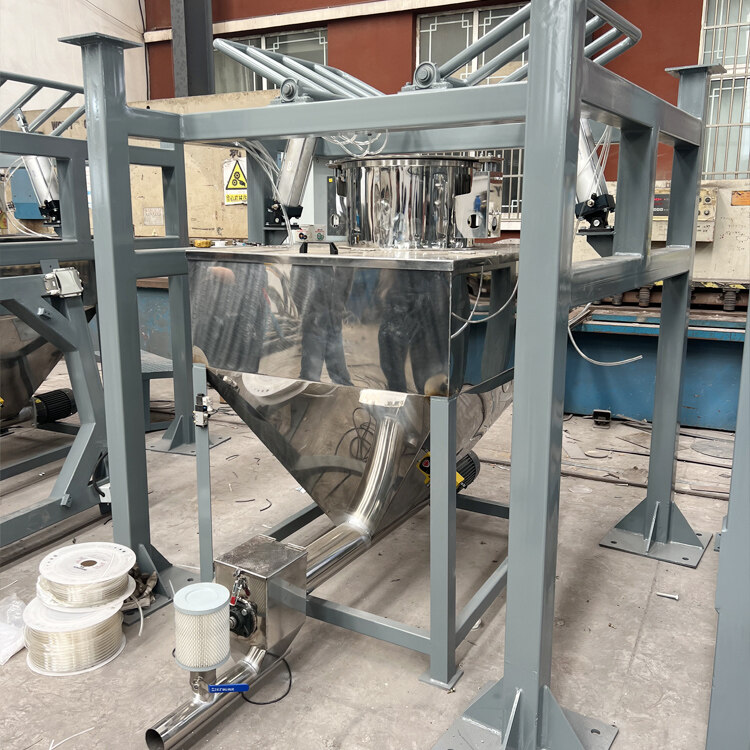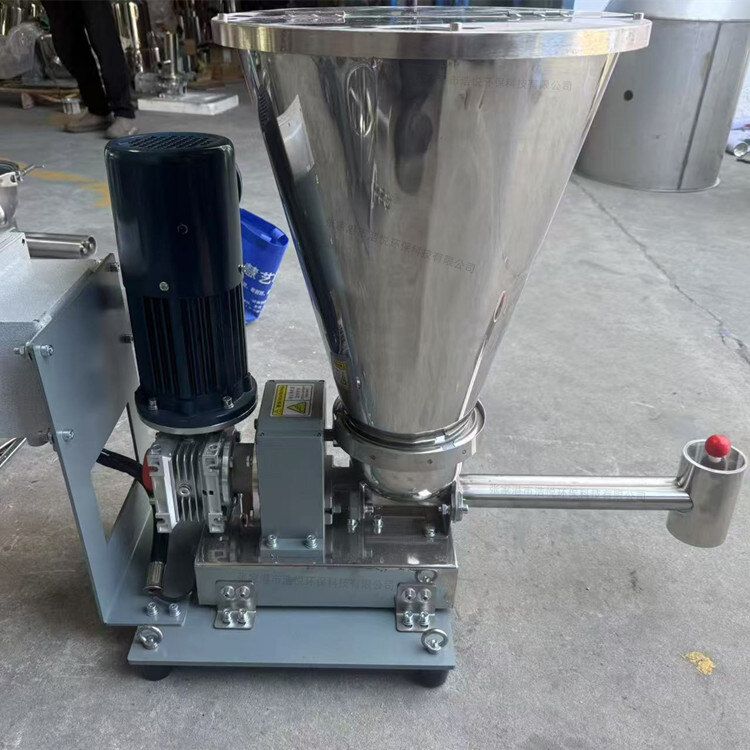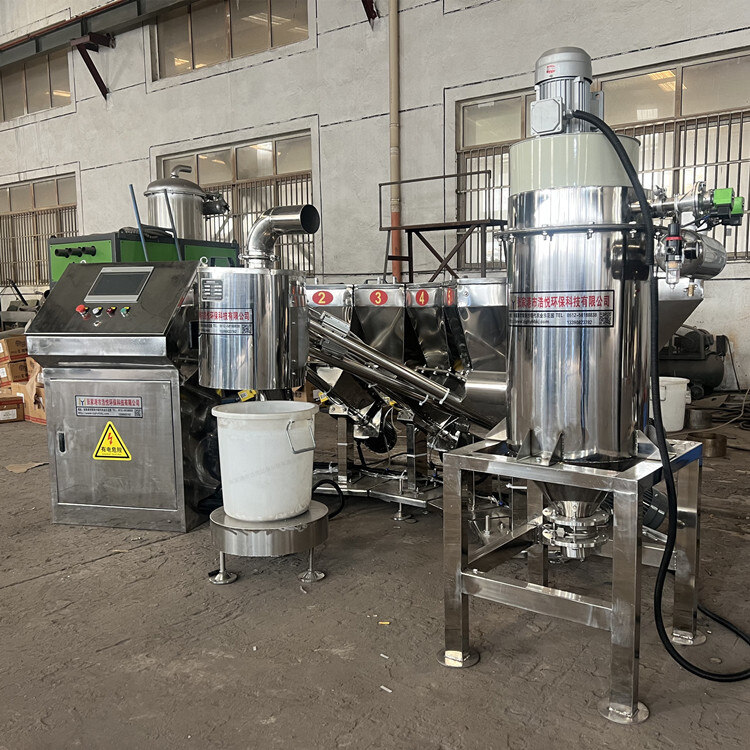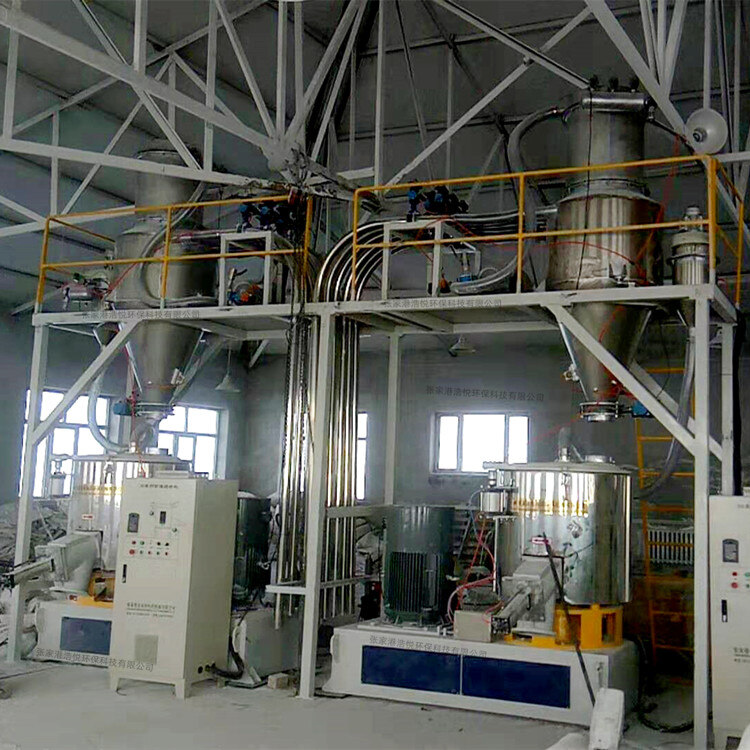- Introduction to automatic batching machine and fully automatic batching machine equipment
- The powder metering system tells you about the introduction of the mixing and drying machine
- 1000kg vacuum feeding machine
- Fully automatic small material batching system
- Research on Innovation of Automatic Weighing Machine Technology
- Design and operation of automatic batching system using PLC, industrial computer and frequency converter
Vacuum measurement weighing
- Category:Weightlessness scale
- Hits:118次
- Release Date:2025-06-30
- Share:
- Inquiry
- Details
In modern industrial production and scientific research, for materials that are sensitive to the environment and require extremely high measurement accuracy, such as high-purity metals, pharmaceutical raw materials, semiconductor materials, etc., conventional measurement and weighing methods are difficult to meet the needs. Vacuum weighing technology measures materials by placing them in a vacuum environment, effectively eliminating external factors such as air buoyancy, humidity, and oxidation interference, and achieving high-precision and high reliability material weighing. It plays an indispensable role in many fields such as chemical engineering, pharmaceuticals, and electronics. The following will provide a comprehensive and in-depth introduction to vacuum measurement and weighing from the aspects of technical principles, system composition, core advantages, application scenarios, and development trends.
1、 The technical principle of vacuum measurement and weighing
Vacuum weighing is based on Archimedes' principle and the law of conservation of mass, with the core of eliminating the influence of air on material weighing. In a conventional environment, objects are subject to air buoyancy when weighed. According to Archimedes' principle, the buoyancy of an object is equal to its weight displaced by air, which can lead to measurement errors. In a vacuum environment, due to the almost complete extraction of air, the buoyancy of the air can be ignored. At this time, the force measured by the weighing sensor directly corresponds to the true gravity of the material, thereby obtaining the accurate mass of the material.
In addition, for materials that are prone to oxidation and moisture absorption, a vacuum environment can isolate oxygen and water vapor, avoiding chemical reactions that may cause mass changes during the weighing process, ensuring the accuracy and stability of the measurement results. At the same time, the vacuum environment can also reduce the influence of airflow disturbance on the weighing sensor, reduce measurement errors, and is particularly suitable for precise weighing of small mass materials.
2、 Composition architecture of vacuum measuring and weighing system
The vacuum measuring and weighing system mainly consists of five modules: vacuum system, weighing system, sealed container, control system, and auxiliary equipment. Each part cooperates with each other to form a complete measuring system.
(1) Vacuum system
The vacuum system is responsible for creating and maintaining the vacuum environment required for weighing, mainly including vacuum pumps, vacuum valves, vacuum pipelines, and vacuum gauges. Vacuum pump is the core equipment, and according to the required vacuum degree, rotary vane vacuum pump, Roots vacuum pump, molecular pump, etc. can be selected. Rotary vane vacuum pumps are commonly used for rapid pumping in rough vacuum environments; Roots vacuum pump is suitable for medium to high vacuum environments and can provide a large pumping rate; Molecular pumps are used in ultra-high vacuum environments and can reduce pressure to extremely low levels. Vacuum valves are used to control gas flow and system sealing. Vacuum pipelines connect various components and are usually made of stainless steel with polished inner walls to reduce gas adsorption and resistance. Vacuum gauge real-time monitoring system for vacuum degree, common types include resistance vacuum gauge, capacitance film vacuum gauge, etc., which can accurately measure vacuum pressure in different ranges.
(2) Weighing system
The weighing system is the key to achieving accurate measurement, consisting of weighing sensors, weighing platforms, and signal processing modules. Weighing sensors often use electromagnetic force balance or strain sensors, which have the characteristics of high accuracy and stability, and can reliably work in vacuum environments. The electromagnetic force balance sensor achieves measurement by balancing the electromagnetic force with the gravity of the measured object, with an accuracy of ± 0.01%; Strain gauges use the resistance changes of strain gauges to measure the magnitude of force, with an accuracy generally around ± 0.1%. The weighing platform is used to carry materials and needs to have good rigidity and deformation resistance. It is usually made of high-strength alloy materials. The signal processing module amplifies, filters, and converts the weak electrical signal output by the weight sensor into a digital signal for data processing and analysis in the control system.
(3) Sealed container
Sealed containers are used to hold materials to be weighed and maintain a vacuum environment. Containers are generally made of stainless steel material, and their airtightness is ensured through precision welding and sealing processes to prevent external air from entering and affecting the vacuum degree. The shape and size of the container are designed according to actual needs, and observation windows can be equipped for operators to observe the status of materials. At the same time, material inlet and outlet are set up, and high vacuum sealing valves are installed at the inlet and outlet to ensure that the system vacuum degree is not affected during the material inlet and outlet process.
(4) Control system
The control system is based on PLC (Programmable Logic Controller) or industrial computer, equipped with dedicated control software and human-machine interface (HMI). The operator sets the vacuum target value, weighing measurement parameters, material formula, etc. through the HMI. During the operation of the system, real-time data from the vacuum gauge and weighing sensor is collected and compared with the set values. When the vacuum degree does not reach the set value, the control system automatically starts the vacuum pump for pumping; When there is a deviation in the weighing data, the material conveying volume will be automatically adjusted or an alarm signal will be issued. In addition, the control system also has data recording, storage, and analysis functions, and can generate historical data reports for production management and quality traceability.
(5) Auxiliary equipment
Auxiliary equipment includes vacuum baking devices, gas filling systems, and safety protection devices. The vacuum baking device is used to heat and bake sealed containers, remove gas adsorbed on the inner wall of the container, and improve the vacuum degree of the system; The gas filling system can fill specific gases (such as nitrogen, argon, etc.) into the sealed container according to process requirements, and adjust the atmosphere inside the container; Safety protection devices include pressure safety valves, emergency stop buttons, vacuum leak alarm devices, etc., to ensure the safe operation of the system and prevent equipment damage or safety accidents caused by vacuum abnormalities.
3、 Core technological advantages
(1) Ultra high measurement accuracy
The vacuum environment eliminates the influence of external factors such as air buoyancy and airflow disturbance on weighing. Combined with high-precision weighing sensors and advanced control algorithms, it can achieve accurate measurement of small mass materials. In the research and development of semiconductor materials, high-purity metals at the microgram level can be weighed with an error controlled within ± 0.01%, meeting the strict requirements of high-end manufacturing for material measurement.
(2) Anti oxidation and anti pollution
The vacuum environment effectively isolates oxygen and water vapor, preventing chemical reactions such as oxidation and moisture absorption during the weighing process. It is particularly suitable for measuring special materials such as active metals and easily oxidizable powders. In the production of positive electrode materials for lithium batteries, it is possible to avoid the reaction of lithium salts and other materials with moisture and carbon dioxide in the air, ensuring material quality and product performance.
(3) Stable and reliable measurement results
Due to the reduction of external environmental interference, vacuum weighing can provide stable and reliable measurement data with good repeatability and reproducibility. Whether it is long-term continuous measurement or intermittent measurement, it can ensure the consistency of measurement results and provide accurate data support for production and scientific research.
(4) Intelligent and Automated Operations
Modern vacuum measurement and weighing systems are equipped with intelligent control systems, which can achieve fully automated operations from vacuum pumping, weighing to data recording, reducing manual intervention, labor intensity, and human errors. Meanwhile, the system supports remote monitoring and data transmission, facilitating production management and quality control.
4、 Application scenarios
(1) Chemical industry
In the research and production of fine chemical products, it is used for precise measurement of trace materials such as catalysts and additives. In the synthesis process of new polymer materials, materials such as initiators and crosslinking agents are weighed under vacuum environment to ensure formula accuracy, improve product quality and stability.
(2) Pharmaceutical industry
In drug research and production, raw materials and excipients that are prone to oxidation and moisture absorption are weighed and measured to ensure the accuracy and stability of drug ingredients. At the same time, it meets the strict environmental requirements for sterile drug production, prevents material contamination, and ensures drug quality and safety. For example, in some biopharmaceutical processes, protein drug raw materials are vacuum weighed to avoid denaturation in air.
(3) Electronics and Semiconductor Industry
In semiconductor chip manufacturing and electronic component production, high-purity silicon, photoresist and other materials are vacuum weighed to avoid external pollution and ensure the performance and reliability of electronic products. For the extremely small amount of dopants used in semiconductor manufacturing, vacuum weighing can achieve precise proportioning, ensuring that chip performance meets standards.
(4) New material research and development
In the preparation process of cutting-edge new materials such as nanomaterials and superconducting materials, precise weighing of high-purity metals, rare elements, etc. is carried out to provide reliable material measurement guarantee for the performance research and production of new materials. For example, in the preparation of superconducting materials, vacuum weighing is performed on metal raw materials such as niobium and titanium to ensure accurate material composition and achieve superconducting performance.
(5) Research field
In scientific research experiments such as physics, chemistry, and materials science, vacuum weighing provides a reliable means for accurate measurement. When studying the changes in physical and chemical properties of substances in a vacuum environment, it is necessary to accurately weigh the materials in order to obtain reliable experimental data.
5、 Development Trends
In the future, vacuum weighing technology will develop towards higher precision, intelligence, and integration. In terms of precision improvement, by developing new sensors and optimizing control algorithms, measurement errors can be further reduced to meet the measurement needs of nanoscale and atomic level materials; In terms of intelligence, the introduction of artificial intelligence and machine learning technology enables the system to have self-learning, self diagnosis, and adaptive capabilities, and can automatically optimize measurement parameters and handle abnormal situations; Integration is reflected in the deep integration with more production equipment and management systems, building an intelligent and automated production process system, and promoting the development of related industries towards high-end and refined. Meanwhile, with the deepening of research on material properties in vacuum environments, vacuum weighing technology will be applied and expanded in more fields.


